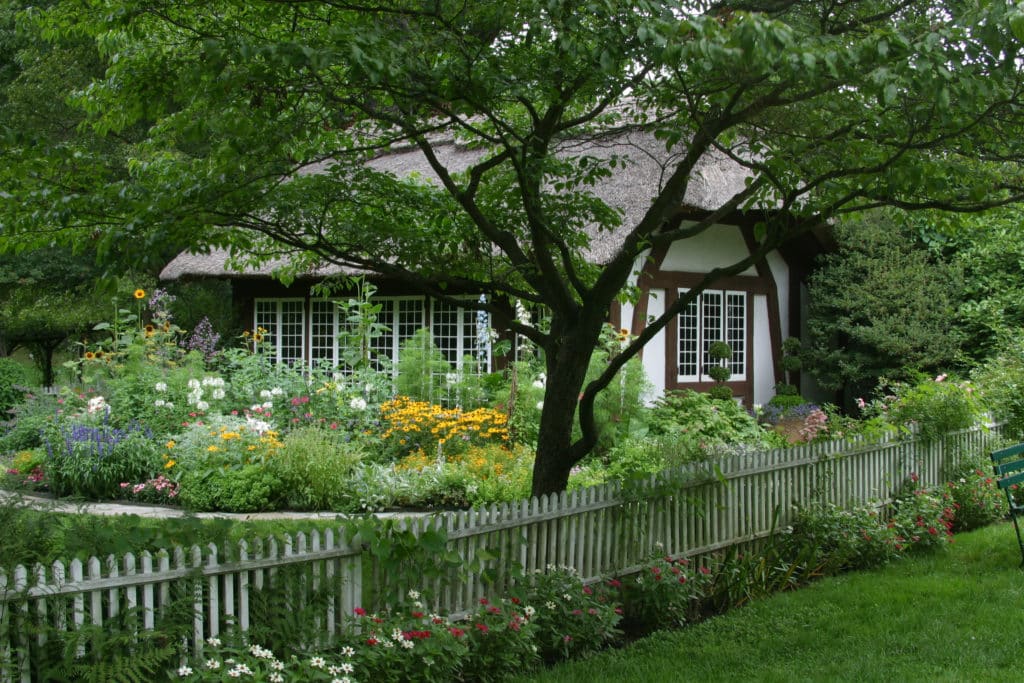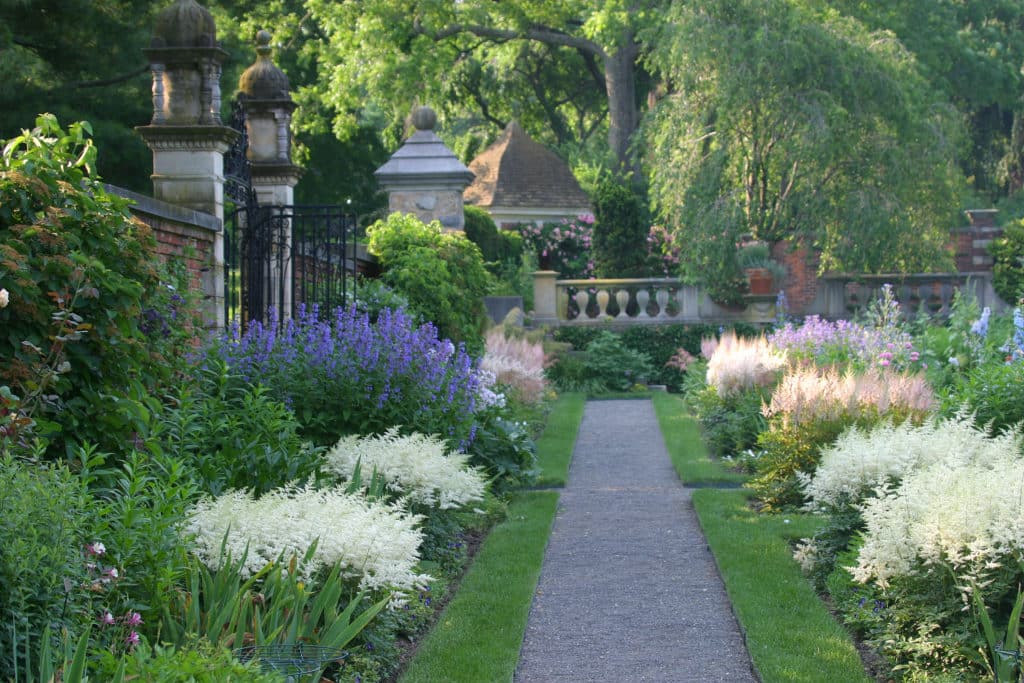
If there is a silver lining to the ongoing pandemic, it is that many of us in self-isolation have much more opportunity to discover hobbies we’d otherwise have no time to cultivate.
Here in the northeast, we’re also fortunate that the weather has been cooperating, allowing us to get outside the house while still practicing social distancing. A mild winter has given way to a pleasant start to spring. Gardening is becoming a top distracting for the homebound. Even if you don’t have a green thumb, March and April is a great time of the year to take simple steps to make the most of your yard, Maura Brush, director of horticulture at Old Westbury Gardens, explained.
The historic Old Westbury Gardens is renowned for its spectacular grounds. Its Charles II-style mansion is nestled amid 200 acres of formal gardens, landscaped grounds, woodlands, ponds and lakes. For 20 seasons, Brush has helped develop these historic gardens and cultural landscapes that attract hundreds of onlookers annually. If you’re looking for a calming and productive pastime, Brush recommends using this downtime to get out in the garden.
“There is comfort in the patterns of nature, especially now when everything has been thrown off,” she said. “One of the benefits of this crazy time we’re living in is that things have slowed down. We’re not running to brunches or to kids’ soccer games. We are able to take the time to watch our gardens come into bloom.”
Here are some early spring gardening tips from the Old Westbury Gardens:

Start a journal
One expert tip that most homeowners don’t normally have time for, but is particularly important for professional gardeners, is keeping a property journal. Jotting down the weather day-to-day and noting where certain plants are growing helps amateur gardeners quite literally learn the lay of the land, pun intended.
“So much of what goes into gardening in March and April is observation,” Brush said. “I don’t think homeowners realize how beneficial a journal it can be for them.”
First, you’ll notice your perennials peeking through, for example, hostas and peonies. Note the perennials positioning in the yard to identify sparse spots that can be filled with annuals when the time is right. Marking plants’ positions in the yard will also help you inform your landscaping team what’s there should you opt for employing a professional when life returns to normal.

Tidy up
Take a good look at your evergreens and plants that keep their leaves, for example rhododendrons and azaleas. Be on notice for yellow or spotted leaves, which are indicators of disease and damage.
“One of the most important things a gardener can do is keep a clean and tidy garden,” Brush said. “Spring is a great time to do that.”
Clear out old leaves from the previous year. Roses can be cut at any time. At Old Westbury Gardens, they prune in March, but in April you’ll still have plenty of time before rose buds start to bloom. Use the “Three ‘D’” as a guide. Anything that is diseased, damaged or dead should be cut out.
“If you’re concentrating on those three things, you can’t really make a mistake with pruning,” she said.

Get prepared for planting
Most planting takes place around Mother’s Day or Memorial Day, depending on the weather, but that doesn’t mean you can’t be prepared now. With extra time on our hands, Brush suggests readying plant contains and pots in advance.
“I like to clean the outside of my pots and clear the drainage holes now that we have time,” Brush said. “Potting soil has a tendency to collect in the drainage holes, so I like to take the time to clear them out, add gravel and fill it halfway with potting soil. This way, when the time comes in May, and hopefully, we’re back to our regular lives, that hard work is already done.”
It is something simple the kids can help with, too. And while they’re outside you can also have them pitch in with cleaning the patio furniture. A mild dishwashing solution and wipe goes a long way, Brush, a mother of three, said.
Grow cold weather crops
When we think of vegetable gardens, warm weather produce like tomatoes and peppers typically come to mind, but there are many cold weather crops that can be sown directly, which you and the kids can start planting now. Lettuce, cabbage, beets, peas and beans can all be put out now. Landscaping centers and nurseries are considered essential businesses and are open, if you need supplies and seeds, but there are also mail order options for those who are not leaving the house.
“It is all about doing something now that will benefit us later,” Brush said.


















